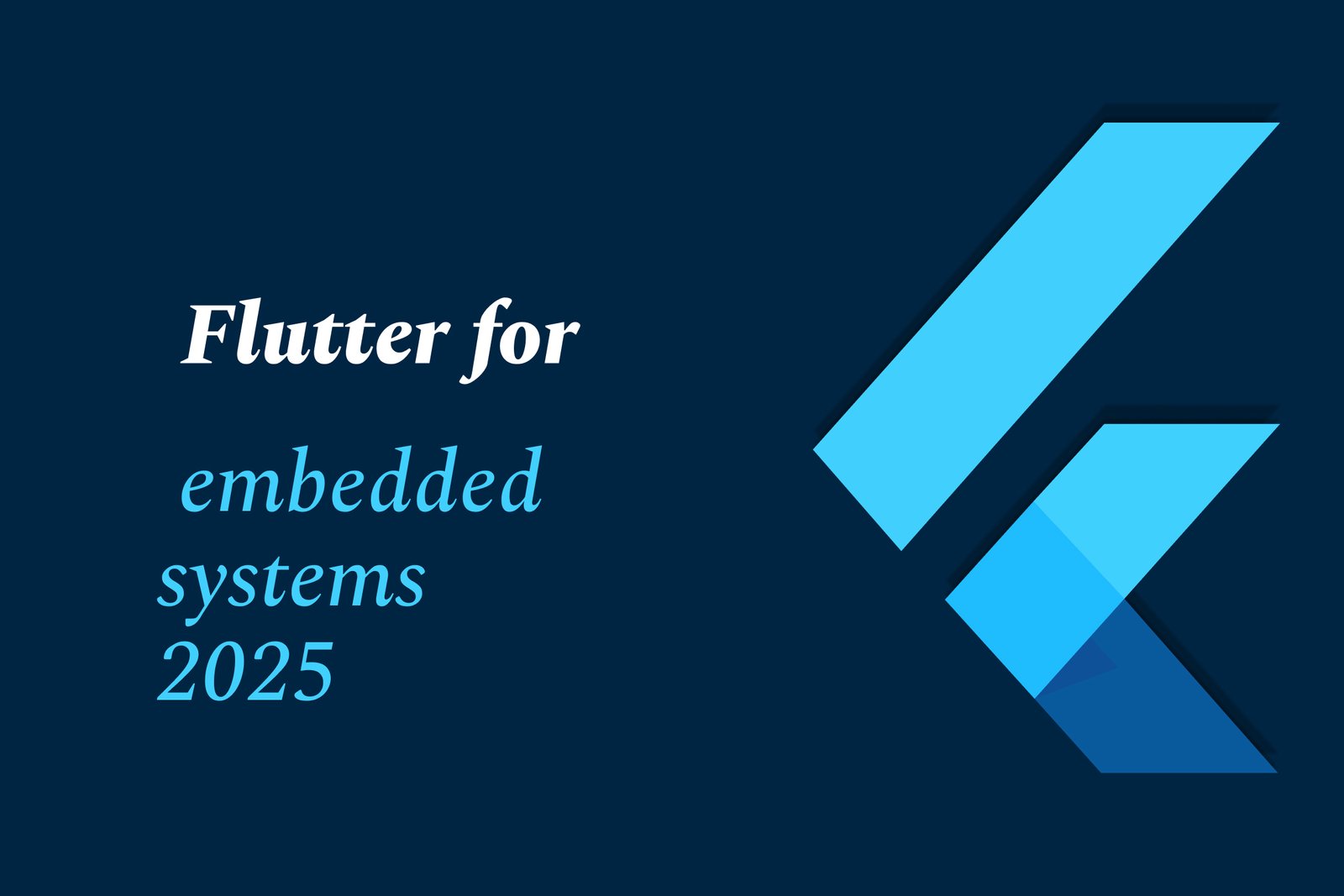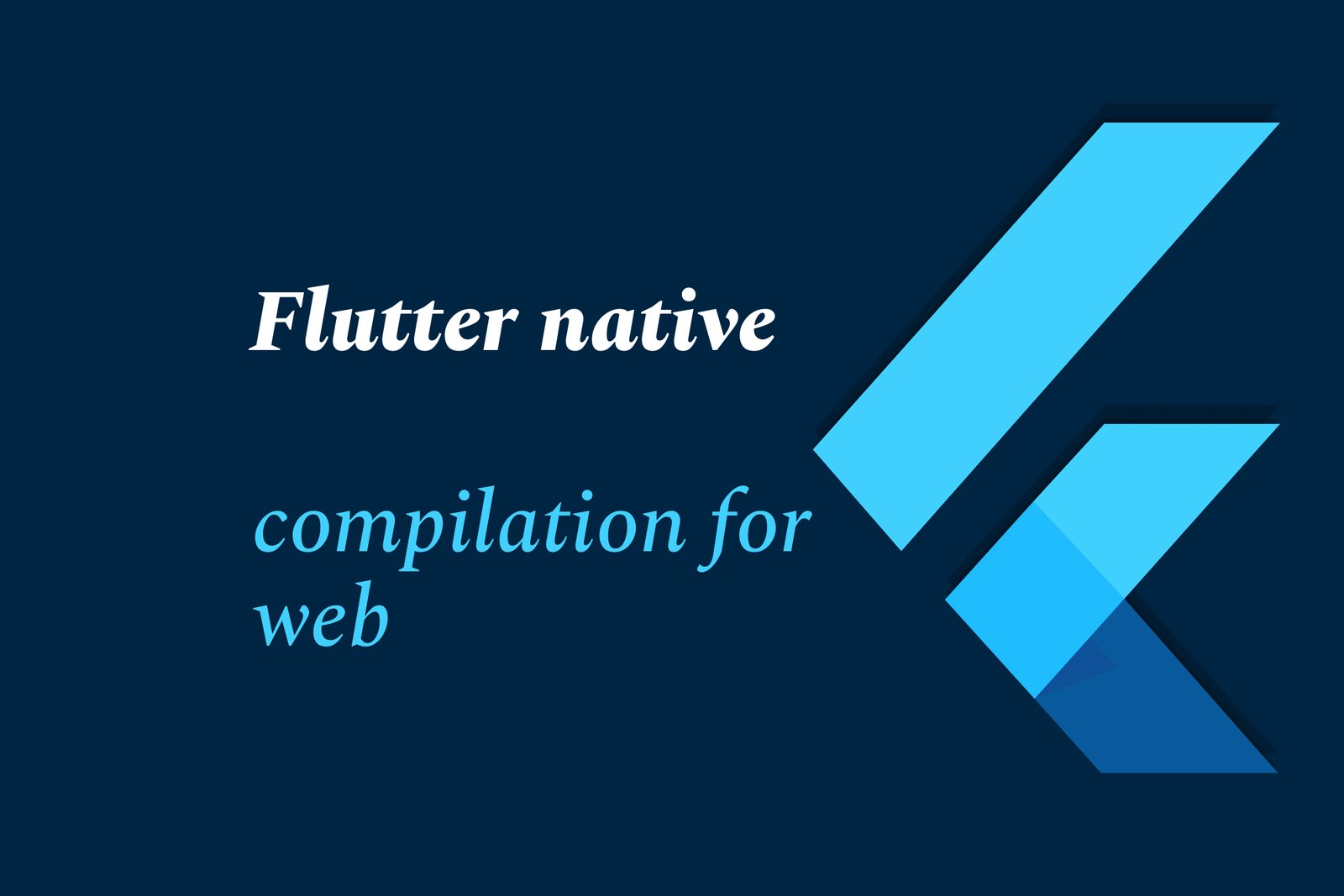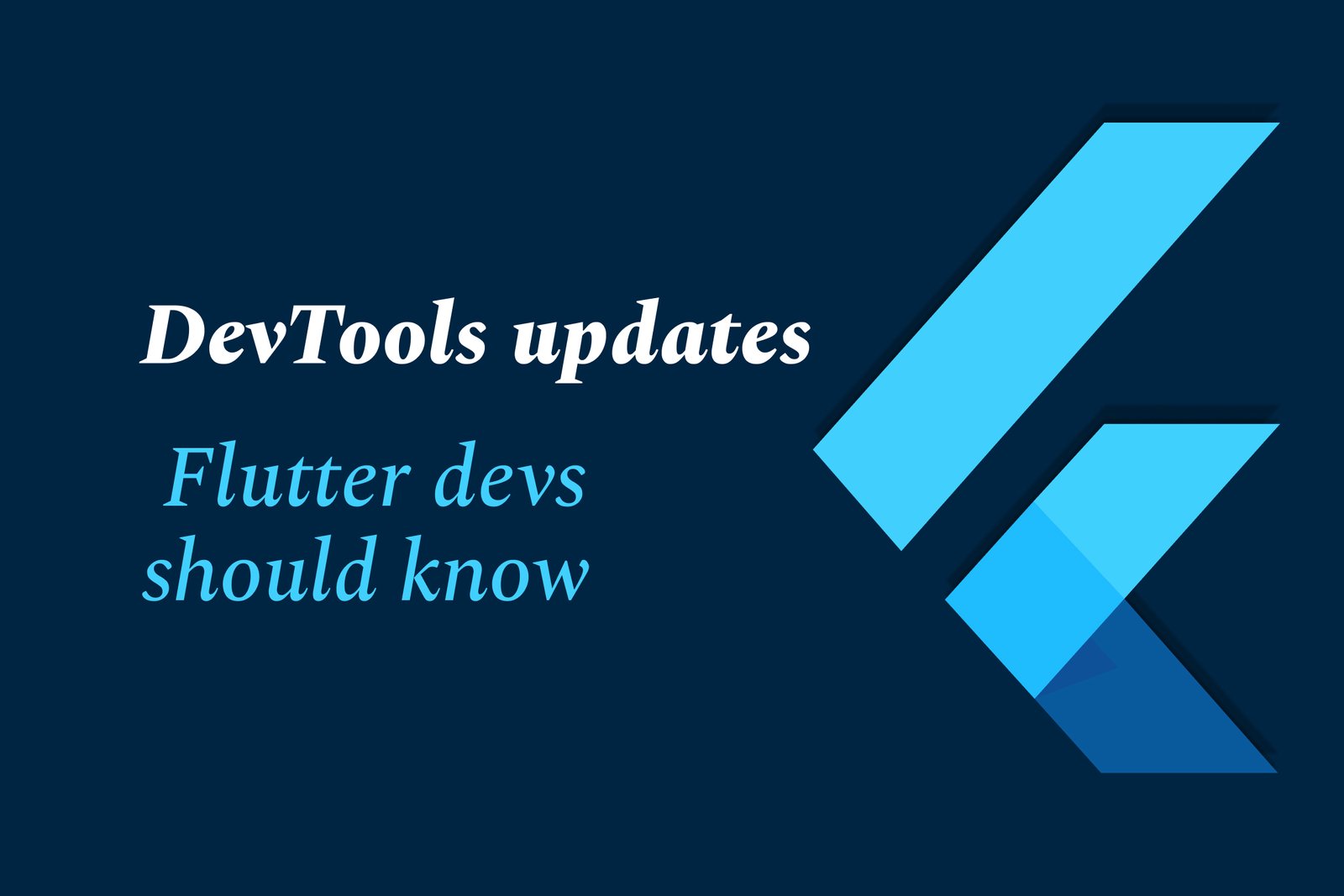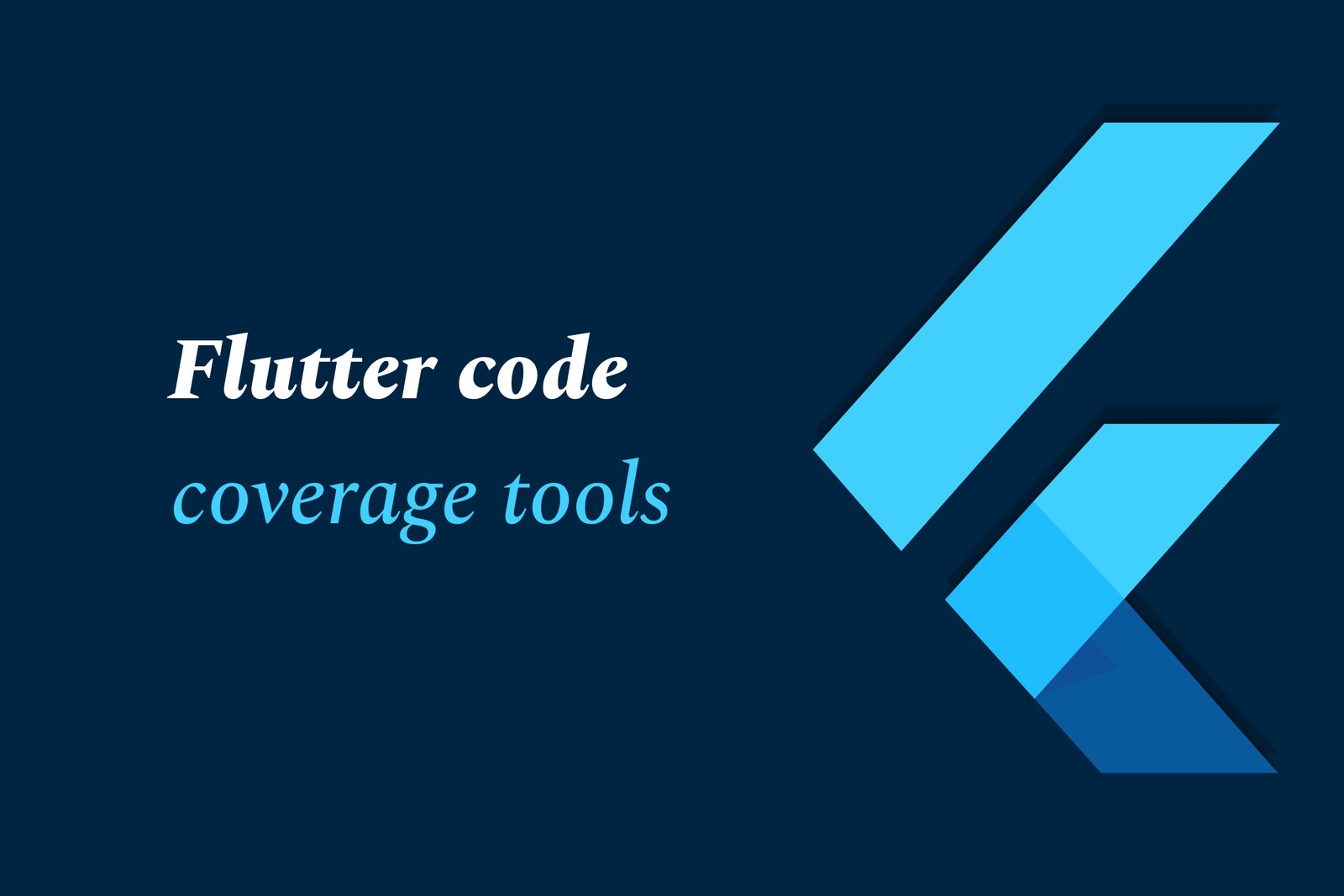Flutter for Embedded Systems 2025
Flutter for embedded systems in 2025 enables developers to build high-performance, visually rich UIs for diverse embedded devices using a unified codebase. It supports ARM, RISC-V, IoT protocols, and custom hardware integration, bridging the gap between mobile and edge computing seamlessly.
Flutter for embedded systems 2025
1 ) Flutter's Expansion into Embedded and IoT Devices
Flutter has significantly broadened its scope beyond mobile and desktop to include IoT and embedded systems. This expansion is supported by its ability to compile Ahead Of Time (AOT) code for ARM, Intel, and RISC V architectures. Developers can now deploy Flutter applications on diverse embedded platforms such as Raspberry Pi, Jetson, and STM32 microcontrollers, enabling scalable and resource efficient UI solutions in edge computing environments.
2 ) Custom Embedder API for Embedded Development
The FlutterEmbedder C API allows integration of Flutter’s rendering engine into Linux based and bare metal embedded systems. Key features include:
Native rendering using OpenGL or Vulkan.
Handling input from hardware buttons, GPIOs, or touch controllers.
Support for off screen rendering suitable for headless devices or specialized displays like e ink or LCD.
This enables developers to embed Flutter apps deeply into embedded hardware with custom drivers and platform specific adaptations.
3 ) Integration with IoT Protocols
Flutter facilitates seamless connectivity to sensors and edge networks using common IoT protocols:
MQTT: Dart package (`mqtt_client`) or FFI bindings to native clients for message communication.
Bluetooth Low Energy (BLE): Utilization of packages like `flutter_blue` or native Linux BlueZ integration.
CoAP: Custom Dart wrappers over native libraries using Dart’s FFI.
These integrations ensure Flutter apps can handle real time data and control operations essential for smart devices and IoT ecosystems.
4 ) Performance Optimization for Constrained Hardware
Due to the resource limitations of embedded systems, Flutter supports performance tuning mechanisms such as:
Tree shaking to reduce binary size by removing unused code.
Raster cache to speed up rendering pipelines.
Usage of isolates for concurrency without blocking main UI threads.
Memory profiling to ensure efficient resource management.
These approaches help in development of fluid, low footprint UIs optimized for embedded device constraints.
5 ) Support for Headless and Display Oriented Workflows
Flutter can be used both for devices with graphical displays and headless setups—offering:
Framebuffer based rendering for devices like e ink screens.
UI driven workflows for LCDs or touch enabled displays.
Ability to build maintainable architectures that unify UI and hardware logic in a single codebase, supporting consistency across device classes.
6 ) Flutter 4.0 and Beyond: Enhanced Cross Platform and Embedded Features
Looking ahead, Flutter 4.0 promises:
Improved integration with platform specific APIs and native UI components for desktop and embedded platforms.
Optimizations of its Skia rendering engine for better animation smoothness and faster frame rates.
Smaller app binaries through modular architecture, critical for embedded systems.
Advanced tooling with smarter debugging, improved hot reload, and enhanced profiling that also benefit embedded applicative workflows.
7 ) Cross Platform Deployment Simplified
Flutter’s uniform development model allows developers to write code once and deploy across multiple platforms including mobile, web, desktop, and embedded devices. This eliminates the need for multiple codebases, accelerating time to market and reducing maintenance complexity for embedded device applications.
Summary:
In 2025, Flutter has cemented itself as a versatile, performant, and flexible framework for embedded systems development, alongside its established presence in mobile and desktop. Its support for custom embedders, IoT protocol integration, performance tuning, and cross platform deployment empowers developers to build highly adaptive, efficient, and scalable UI driven embedded applications with a unified codebase.
https://justacademy.in/news-detail/dart-3.2:-what’s-new-for-flutter-devs
https://justacademy.in/news-detail/top-flutter-packages-to-use-in-2025
https://justacademy.in/news-detail/ai-in-flutter:-smarter-ux-and-features
https://justacademy.in/news-detail/flutter-ai-sdk-vs-traditional-ml-kits
https://justacademy.in/news-detail/what’s-deprecated-in-flutter-2025
Related Posts
Top Flutter animation packages like SpinKit, Animations, and Flutter Animate simplify adding smooth, engaging animations to apps. They offer ready-made loaders, material transitions, and versatile effects, enhancing user experience with minimal code and improved UI appeal.
Flutter AI packages are rapidly gaining traction by enabling developers to easily integrate powerful AI features like machine learning and natural language processing into cross-platform apps, boosting innovation and efficiency within the growing Flutter ecosystem.
Flutter enables cross-platform desktop app development with a single codebase, offering fast UI design, native performance, and strong community support. However, it faces challenges like larger app sizes, limited desktop-specific features, and a less mature ecosystem compared to native tools.
Flutter AI combines Flutter’s cross-platform app development with AI technologies to create smart, efficient fintech and healthcare apps—enabling fraud detection, personalized finance tips, medical imaging, virtual health assistants, and automation for improved user experience and operational efficiency.
Flutter's Linux desktop support has steadily advanced, improving performance, native theming, and integration with Linux desktop environments. Collaboration with Canonical and the community is driving better window decorations, menu support, and release-ready app builds for seamless Linux app development.
Flutter is a versatile UI toolkit by Google enabling cross-platform app development, increasingly used for Smart TVs and IoT devices. It allows building native-like interfaces for diverse platforms, streamlining development despite challenges like remote navigation and platform-specific integration.
Flutter native compilation for web transforms Flutter code into efficient JavaScript and WebAssembly, enabling fast, high-performance web apps with smooth UI rendering. This approach delivers near-native speed and consistency across browsers using a single codebase.
Flutter DevTools has been updated with enhanced performance profiling, an improved widget inspector, network monitoring, Material You theming support, faster hot reload/restart, and better accessibility tools—helping developers debug and optimize Flutter apps more efficiently.
Flutter code coverage tools measure the percentage of code executed during testing, helping developers identify untested parts. Using commands like `flutter test --coverage` and tools like LCOV and VSCode extensions, they visualize coverage to improve code quality and reliability.
In 2025, Dart Pub remains a vital hub for discovering and managing Dart packages, driven by Flutter’s growth. Trends focus on enhanced cross-platform tools, improved performance, richer libraries, and rising use in innovative apps like AR, making Dart Pub essential for versatile, modern development.










